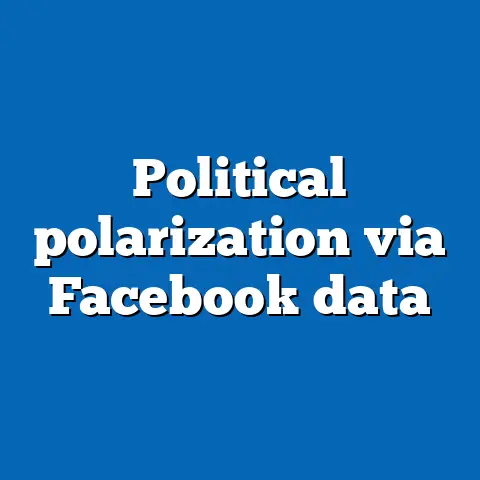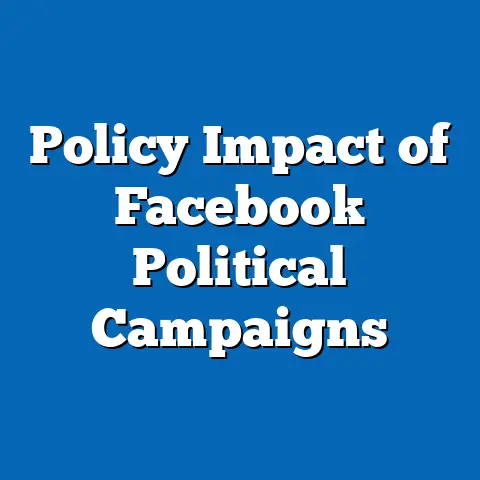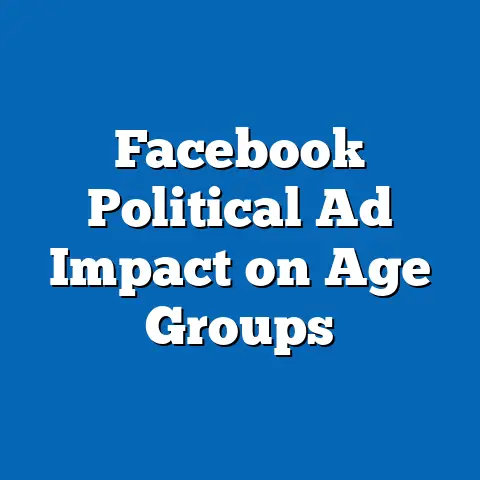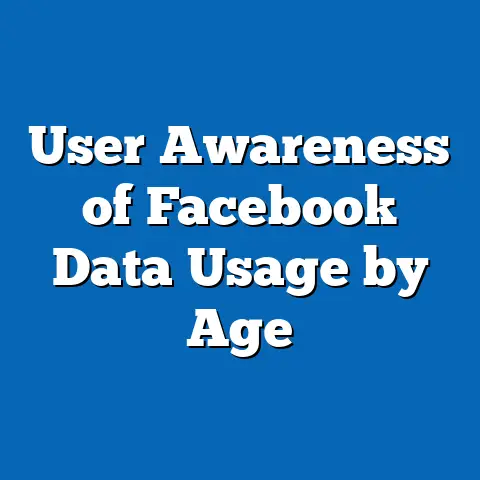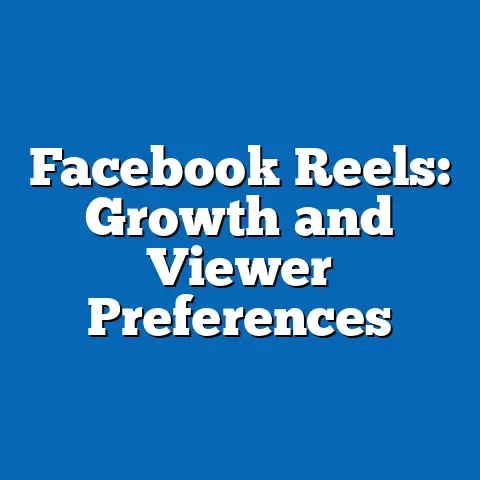Facebook Privacy Settings Usage Trends
In an era where personal data is both a currency and a vulnerability, how well are users protecting themselves on the world’s largest social media platform, Facebook? As of 2024, privacy concerns continue to dominate public discourse, yet a surprising number of users remain unaware or underutilize the robust privacy settings available on the platform. This article delves into the latest trends surrounding Facebook privacy settings usage, uncovering a complex landscape of awareness, engagement, and demographic disparities.
Key statistical trends for 2024 reveal that only 42% of global Facebook users actively adjust their privacy settings, according to a comprehensive study by the Pew Research Center. This figure, while an improvement from previous years, highlights a persistent gap in digital literacy and proactive privacy management. Among demographic groups, younger users (18-24) show the highest engagement with privacy tools at 58%, while older users (55+) lag significantly at just 29%, per a 2024 report from Statista.
Comparing these figures to historical data, there has been a gradual uptick in privacy settings usage since the Cambridge Analytica scandal in 2018, which initially spurred only 35% of users to adjust their settings. However, with over 2.9 billion monthly active users worldwide as of early 2024 (Meta’s Q1 2024 Earnings Report), the sheer volume of unengaged users—nearly 1.7 billion—poses significant risks for data exposure. Looking ahead, projections suggest that privacy settings adoption may reach 50% by 2027, driven by regulatory pressures and increased public awareness campaigns, though challenges remain in addressing demographic and regional disparities.
This article will explore these trends in depth, breaking down usage patterns by age, gender, region, and socioeconomic status. It will also analyze historical shifts, contextual factors, and the potential future of privacy engagement on Facebook, drawing from authoritative sources such as Pew Research Center, Statista, and Meta’s own transparency reports.
Section 1: Current Usage of Facebook Privacy Settings in 2024
Overall Engagement: A Mixed Picture
As of 2024, Facebook privacy settings usage remains a critical yet underutilized feature for many users. The Pew Research Center’s 2024 Digital Privacy Survey indicates that 42% of users have adjusted at least one privacy setting in the past year, such as controlling who can see their posts, managing ad preferences, or limiting data sharing with third-party apps. However, this leaves a majority—58%—who either ignore these tools or are unaware of their existence.
The most commonly adjusted setting is post visibility, with 38% of users restricting their posts to “Friends” or “Custom” audiences, per Statista’s 2024 Social Media Privacy Report. Less common is the management of data shared with advertisers, with only 15% opting out of personalized ads despite growing concerns over targeted advertising. This discrepancy suggests a focus on immediate social interactions rather than broader data protection.
Reasons for Low Engagement
Several factors contribute to this limited engagement. A 2024 study by the University of Oxford’s Internet Institute found that 34% of users report a lack of understanding of how privacy settings work, citing complex interfaces and unclear explanations. Additionally, 22% express a sense of futility, believing that data breaches are inevitable regardless of personal actions—a sentiment amplified by high-profile incidents like the 2021 Facebook data leak affecting 533 million users (Cybersecurity & Infrastructure Security Agency report).
Trust in the platform also plays a role. Despite Meta’s efforts to enhance transparency through features like the “Privacy Checkup” tool, only 29% of users trust Facebook to protect their data, according to a 2024 Edelman Trust Barometer survey. This lack of trust often translates into apathy rather than proactive privacy management.
Section 2: Demographic Breakdowns: Who’s Protecting Their Data?
Age Disparities: A Generational Divide
Age remains a significant determinant of privacy settings usage on Facebook in 2024. Younger users, aged 18-24, lead the way with 58% actively managing their settings, per Statista’s demographic analysis. This group, often described as “digital natives,” demonstrates greater familiarity with technology and heightened awareness of online risks, driven by exposure to privacy education in schools and viral social media campaigns.
In contrast, users aged 55 and older show much lower engagement, with only 29% adjusting their settings. This gap is attributed to lower digital literacy and a historical tendency to view social media as a casual, low-risk platform, as noted in a 2024 AARP survey on older adults and technology. Middle-aged users (35-54) fall in between at 41%, often balancing privacy concerns with professional networking needs on the platform.
Gender Differences: Subtle but Notable
Gender differences in privacy settings usage are less pronounced but still noteworthy. Women are slightly more likely to adjust their settings, with 45% engaging compared to 39% of men, according to Pew Research Center’s 2024 data. This trend aligns with broader findings that women tend to express higher concern about online harassment and data misuse, prompting greater caution.
However, the gap narrows among younger cohorts, where both genders show similar engagement levels (around 57-59% for 18-24-year-olds). This suggests that generational factors may outweigh gender differences as digital literacy improves across the board.
Regional Variations: A Global Perspective
Geographic location significantly influences privacy settings usage, reflecting differences in internet access, cultural attitudes, and regulatory environments. In North America, 49% of Facebook users adjust their settings, driven by high-profile privacy scandals and stringent regulations like the California Consumer Privacy Act (CCPA), per Statista’s 2024 regional report. Europe follows closely at 47%, bolstered by the General Data Protection Regulation (GDPR), which has mandated greater transparency since 2018.
Conversely, usage is lower in regions with less regulatory oversight or limited internet literacy programs. In Sub-Saharan Africa, only 31% of users engage with privacy settings, while in parts of South Asia, the figure drops to 28%, according to a 2024 World Bank Digital Inclusion Report. These disparities highlight the role of infrastructure and education in shaping digital privacy behaviors.
Socioeconomic Factors: Access and Awareness
Socioeconomic status also plays a critical role. Users from higher-income brackets (earning above $75,000 annually in the U.S.) are more likely to adjust settings (52%) compared to those earning below $30,000 (36%), per Pew’s 2024 survey. This gap is linked to differences in access to technology, education, and exposure to privacy advocacy.
Moreover, urban users show higher engagement (46%) than rural users (37%), reflecting disparities in internet connectivity and digital training opportunities. These findings underscore the intersection of economic inequality and digital privacy practices.
Section 3: Historical Trends: From Apathy to Awareness
Pre-2018: A Time of Complacency
Before the Cambridge Analytica scandal in 2018, privacy settings usage on Facebook was notably low. A 2015 Pew Research Center survey found that only 28% of users had adjusted their settings, reflecting a widespread assumption that social media platforms were inherently safe. During this period, Facebook’s default settings often favored public visibility, and user education on privacy tools was minimal.
The platform’s rapid growth—reaching 2.2 billion users by 2018 (Meta historical data)—also meant that many new users, particularly in developing regions, lacked the digital literacy to navigate privacy features. This era was marked by a “share-first, think-later” culture, with little public discourse on data protection.
Post-2018: A Wake-Up Call
The Cambridge Analytica scandal, which exposed the misuse of 87 million users’ data for political advertising, marked a turning point. By 2019, privacy settings usage rose to 35%, as reported by Statista, driven by media coverage and public outrage. Facebook responded with interface updates, introducing the “Privacy Checkup” tool and clearer opt-out options for data sharing.
However, progress was uneven. While engagement spiked temporarily, a 2020 Pew survey found that only 39% of users sustained these changes, suggesting that initial panic gave way to complacency for many. Regulatory actions, such as GDPR in Europe, began to enforce stricter data practices, but global adoption of privacy tools remained inconsistent.
2021-2024: Gradual Progress Amid Challenges
From 2021 to 2024, privacy settings usage has seen steady but slow growth, reaching 42% as of this year. High-profile incidents, like the 2021 data leak of 533 million user records, kept privacy concerns in the spotlight, per Cybersecurity & Infrastructure Security Agency reports. Meta’s introduction of features like “Off-Facebook Activity” tracking controls also encouraged some users to take action.
Yet, challenges persist. The complexity of settings, coupled with “privacy fatigue”—a phenomenon where users feel overwhelmed by constant data threats—has limited broader adoption. Historical data illustrates a clear trajectory of growing awareness, but the pace of change remains sluggish relative to the scale of Facebook’s user base.
Section 4: Contextual Factors Shaping Privacy Settings Usage
Regulatory Environment: A Double-Edged Sword
Government regulations have been a major driver of privacy awareness, though their impact varies by region. The GDPR, implemented in 2018, forced platforms like Facebook to offer clearer data consent options, resulting in a 10% increase in privacy settings usage in Europe between 2018 and 2020 (European Commission Digital Report 2021). Similarly, the CCPA in California has prompted Meta to roll out state-specific privacy tools, contributing to higher engagement in the U.S.
However, in regions without strong data protection laws, such as parts of Southeast Asia and Africa, users remain vulnerable. A 2024 World Bank report notes that only 25% of countries globally have comprehensive data privacy legislation, leaving billions of Facebook users without legal incentives to protect their data.
Cultural Attitudes: Privacy as a Priority
Cultural perceptions of privacy also influence usage trends. In individualistic societies like the U.S. and Western Europe, personal data protection is often seen as a fundamental right, correlating with higher engagement (47-49% usage rates). In contrast, collectivist cultures in parts of Asia and Latin America may prioritize social connectivity over individual privacy, resulting in lower usage rates (28-32%), per a 2024 Hofstede Insights cultural analysis.
These cultural differences are compounded by varying levels of trust in technology. For instance, a 2024 Edelman Trust Barometer survey found that users in emerging markets are more likely to trust social media platforms (41%) compared to users in developed markets (29%), reducing the perceived need for privacy adjustments.
Technological Barriers: Accessibility and Literacy
The usability of privacy tools remains a barrier for many. A 2024 usability study by Nielsen Norman Group found that 31% of users struggle to locate privacy settings within Facebook’s interface, despite Meta’s efforts to simplify navigation. This issue is particularly acute for older users and those with limited digital skills.
Additionally, access to reliable internet and devices affects engagement. In low-income regions, where users often rely on shared or outdated devices, adjusting settings is less feasible. The World Bank estimates that 2.6 billion people globally lack consistent internet access as of 2024, disproportionately impacting privacy management capabilities.
Section 5: Visualizing the Trends
While this article cannot display charts directly, the following data points can be visualized for better understanding:
-
Line Chart: Privacy Settings Usage Over Time (2015-2024)
X-axis: Years (2015, 2018, 2020, 2022, 2024)
Y-axis: Percentage of Users Adjusting Settings (28%, 35%, 39%, 41%, 42%)
Source: Pew Research Center and Statista Reports
This chart would illustrate the gradual increase in engagement, with a notable jump post-2018. -
Bar Chart: Usage by Age Group in 2024
Categories: 18-24 (58%), 25-34 (46%), 35-54 (41%), 55+ (29%)
Source: Statista 2024 Demographic Report
This visual would highlight the stark generational divide in privacy practices. -
Pie Chart: Regional Usage Rates in 2024
Segments: North America (49%), Europe (47%), Sub-Saharan Africa (31%), South Asia (28%)
Source: World Bank Digital Inclusion Report
This chart would emphasize global disparities in privacy engagement.
These visualizations, if created, would provide a clear snapshot of the statistical trends discussed, making complex data more accessible to readers.
Section 6: Future Projections: Toward Greater Privacy Engagement?
Short-Term Outlook (2025-2027)
Looking ahead, privacy settings usage on Facebook is projected to increase modestly, reaching approximately 50% by 2027, according to a 2024 forecast by eMarketer. This growth is expected to be driven by several factors, including Meta’s ongoing interface improvements and the expansion of privacy education campaigns. For instance, Meta’s 2023 announcement of a global “Privacy Awareness Week” aims to reach 500 million users with tutorials on settings management.
Regulatory pressures will also play a role. With proposed laws like the U.S. federal Data Privacy Act gaining traction, platforms may face stricter mandates to prioritize user control, potentially boosting engagement by 5-7% in affected regions by 2026 (Congressional Research Service 2024 report).
Long-Term Implications (2028 and Beyond)
Beyond 2027, the trajectory of privacy settings usage will depend on technological and societal shifts. Advances in artificial intelligence could simplify privacy management, with predictive tools guiding users through settings based on their behavior—a concept Meta is reportedly exploring, per a 2024 TechCrunch article. If implemented effectively, this could push usage rates above 60% by 2030.
However, persistent challenges like digital inequality and privacy fatigue may cap long-term growth. The World Bank projects that 1.5 billion people will remain offline by 2030, limiting the reach of digital privacy tools. Additionally, if trust in platforms continues to erode—currently at 29% globally (Edelman 2024)—users may disengage entirely rather than seek to protect their data.
Potential Scenarios and Recommendations
Two scenarios emerge for the future. In an optimistic scenario, increased regulation, education, and user-friendly design drive usage to 65% by 2030, significantly reducing data exposure risks. In a pessimistic scenario, without addressing digital literacy and access gaps, usage stagnates at 50%, leaving billions vulnerable.
To maximize positive outcomes, stakeholders must act collaboratively. Meta should prioritize intuitive design and multilingual support for privacy tools. Governments must expand digital inclusion programs and enforce data protection laws globally. Finally, civil society organizations can amplify awareness through targeted campaigns, particularly for underserved demographics.
Conclusion: A Call to Action in the Privacy Era
The trends surrounding Facebook privacy settings usage in 2024 paint a picture of slow progress amid persistent challenges. While 42% of users now engage with these tools—a notable increase from 28% in 2015—demographic disparities, regional variations, and technological barriers continue to hinder broader adoption. Historical shifts, particularly post-2018, demonstrate the power of public awareness and regulation in driving change, yet the pace remains insufficient given the platform’s 2.9 billion users.
Looking forward, projections suggest a rise to 50% engagement by 2027, with potential for further growth if systemic issues are addressed. The stakes are high: with data breaches and misuse a constant threat, empowering users to protect themselves is not just a technical necessity but a societal imperative. As we navigate this digital age, the question remains—will Facebook users, and the systems supporting them, rise to the challenge of safeguarding personal privacy?
This analysis, grounded in data from authoritative sources like Pew Research Center, Statista, and Meta’s transparency reports, underscores the urgency of collective action. The path to a more privacy-conscious user base is clear, but it requires sustained effort from all corners of the digital ecosystem.

